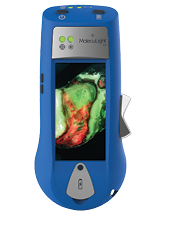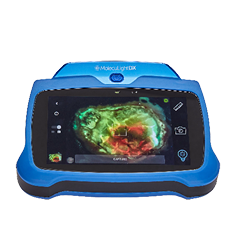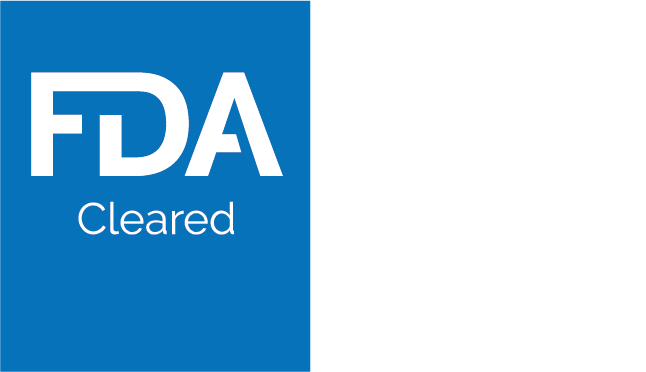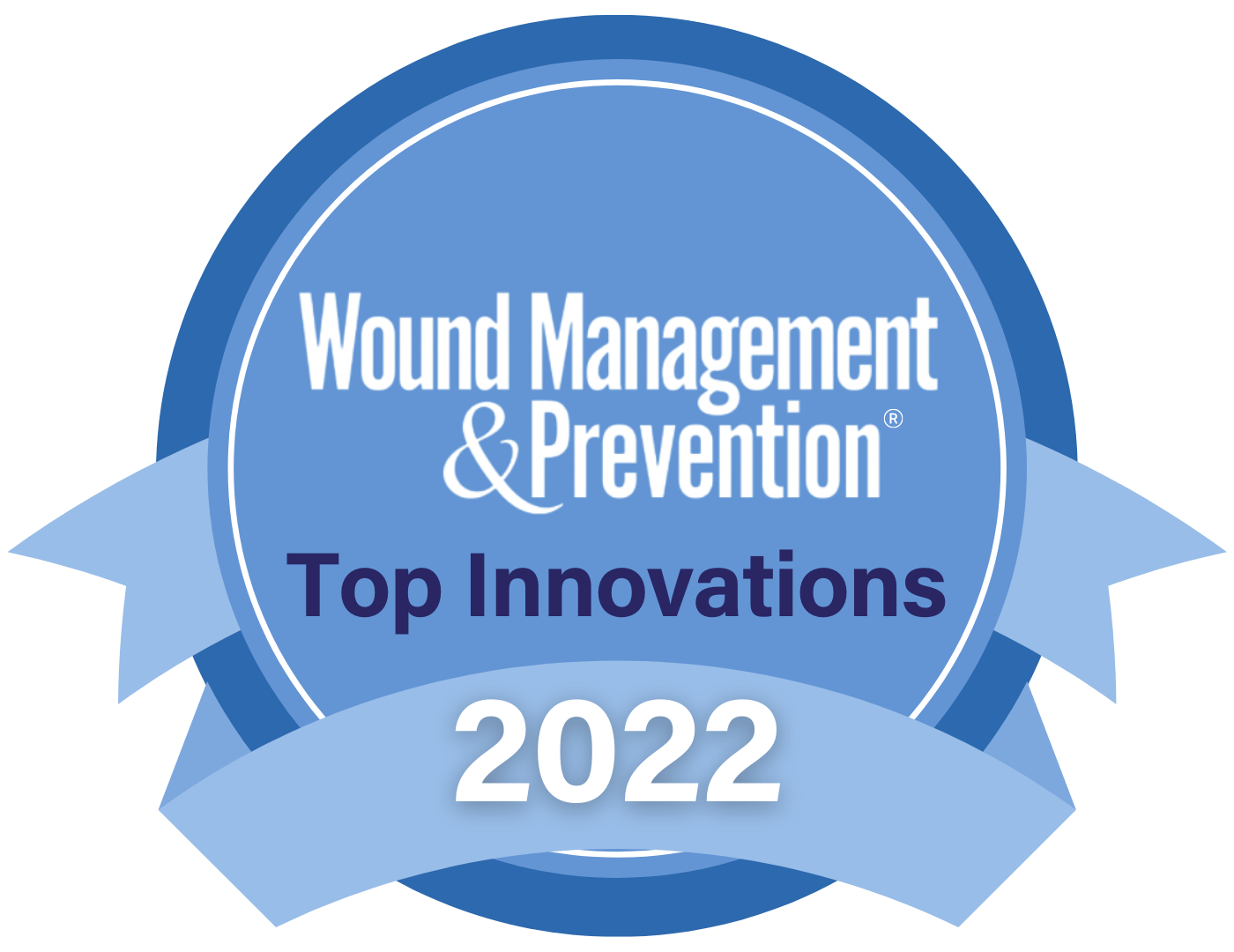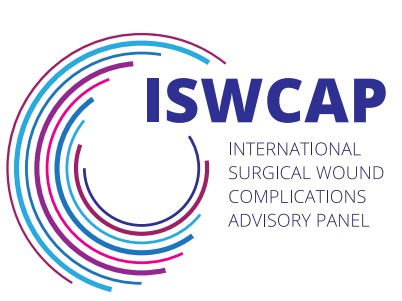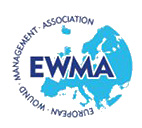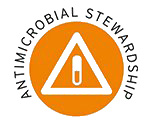April 24, 2019 -ABSTRACT
Infection of burns and traumatic wounds leads to delayed healing, chronic wounds, worse scarring, and increased health care costs. Infection continues to be a burden on patients and healthcare systems around the world, there is a great need for timely and appropriate intervention in these
… Read More
June 4, 2018 -Clinical Synopsis
Patient Condition: 50 year old male patient with a venous leg ulcer ( >1 year) on left medial ankle. Wound presented with heavy drainage and a MRSA infection that had persisted over many months of care, despite numerous antibiotics and antimicrobials. Patient’s wound received regular cleaning and debridement
… Read More
June 1, 2018 -ABSTRACT Aim:
Knowledge of wound bioburden can help guide selection of optimal therapies, for example, negative pressure wound therapy devices (NPWT) with instillation of wound cleansers in a heavily contaminated wound. Fluorescence imaging can visualize red-fluorescing, pathogenic bacteria in real-time using a non-contact, hand held device.1 We used this
… Read More
June 1, 2018 -ABSTRACT Aim:
Real-time, point-of-care detection of critical bacterial colonization relies primarily on visual inspection and clinical signs and symptoms. Fluorescence imaging has recently been used to detect bacterial fluorescence in wounds at the bedside. This pilot study aimed to assess its effects on clinician decisions and patient care.
Method:… Read More
March 28, 2018 -Clinician used MolecuLight i:X to confirm the presence and location of Pseudomonas aeruginosa in a venous leg ulcer. As seen in Figure 3, the white/cyan color suggests heavy levels of Pseudomonas aeruginosa pre-debridement (the white/cyan color is due to signal oversaturation), which would otherwise be invisible to the unaided eye. The clinician uses this information to guide debridement of bioburdened tissue and re-imaged the wound post-debridement. Figure 4 indicates a reduction in bioburden post-debridement, but not the eradication of Pseudomonas aeruginosa. Read More
January 1, 2018 -ABSTRACT Objective:
Current standard diagnostic practice of bacterial infections by visual inspection under white light is subjective, and microbiological sampling is suboptimal due to high false negative rates and the lengthy time needed for culture results to arrive. The MolecuLight i:X Imaging Device attempts to combat the issues faced in standard
… Read More
August 2, 2017 -ABSTRACT Objective:
Bacteria in chronic wounds are invisible to the naked eye and can lead to delayed wound healing. Point-of-care bacterial fluorescence imaging illuminates a wound with 405 nm light, triggering bacteria to produce red fluorescence and enabling real-time bacterial localization. Prospective, single-blind clinical trials (clinicaltrials.gov #NCT02682069,#NCT03091361) were conducted to
… Read More
February 28, 2017 -ABSTRACT
Clinical wound assessment involves microbiological swabbing of wounds to identify and quantify bacterial species, and to determine microbial susceptibility to antibiotics. The Levine swabbing technique may be suboptimal because it samples only the wound bed, missing other diagnostically relevant areas of the wound, which may contain clinically significant bacteria.
… Read More 